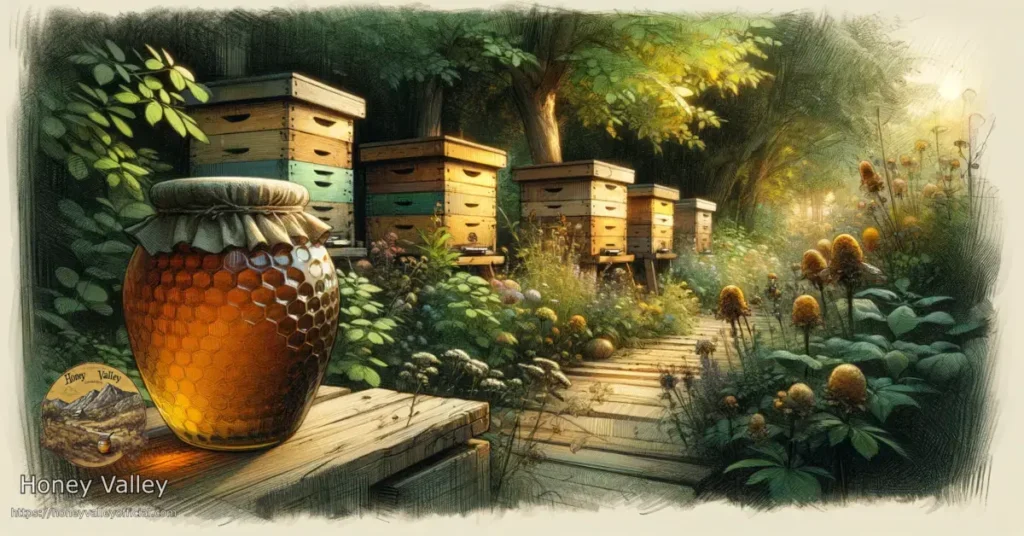Starting a beehive can be an exciting and rewarding endeavor. Whether you are a seasoned beekeeper or a beginner, one of the first questions that may come to mind is how many bees you need to start a beehive. The answer to this question depends on various factors, such as the type of hive you choose and your goals as a beekeeper.
Types of Hives
There are different types of beehives, but the most common ones are Langstroth hives and top-bar hives. Langstroth hives consist of multiple boxes stacked on top of each other, while top-bar hives have horizontal bars on which the bees build their comb.
For a Langstroth hive, it is generally recommended to start with a package of bees, which typically contains around 10,000 to 12,000 bees. A package of bees usually includes a queen bee and worker bees. This number is sufficient to establish a healthy colony and allow it to grow over time.
On the other hand, if you opt for a top-bar hive, you may need fewer bees to start. A smaller number, such as 2,000 to 4,000 bees, can be enough to begin with. However, it is important to note that the colony will still need to grow and expand to reach its full potential.
Considerations for Beekeeping Goals
When determining how many bees you need to start a beehive, it is essential to consider your beekeeping goals. Are you looking to produce honey for personal use or to sell? Are you interested in supporting pollination in your garden or community? The answers to these questions can influence the number of bees you should start with.
If your goal is honey production, you will likely need a larger number of bees to ensure a productive hive. More bees mean more worker bees to collect nectar and pollen, resulting in a higher honey yield. In this case, starting with a package of bees for a Langstroth hive would be a suitable choice.
However, if your primary objective is pollination, a smaller number of bees may be sufficient. Bees are excellent pollinators, and even a small colony can contribute significantly to the pollination of nearby plants. Starting with a smaller number of bees in a top-bar hive can be a practical option for supporting pollination efforts.
Expanding the Beehive
Regardless of the hive type and the initial number of bees, it is important to remember that a beehive will naturally expand over time. Bees are prolific reproducers, and the colony will grow as the queen bee lays more eggs and new bees emerge.
As the colony expands, you may need to add additional boxes or frames to accommodate the growing population. This process, known as supering, allows the bees to have enough space for their activities and prevents overcrowding in the hive.
Regular hive inspections and monitoring are crucial to ensure the health and well-being of your bees. By observing their behavior, checking for signs of disease or pests, and providing the necessary resources, you can support the growth and success of your beehive.
Conclusion
When starting a beehive, the number of bees you need depends on factors such as the hive type and your beekeeping goals. While a package of bees containing around 10,000 to 12,000 bees is commonly recommended for a Langstroth hive, a smaller number, such as 2,000 to 4,000 bees, may be sufficient for a top-bar hive.
Ultimately, the size of the colony will naturally increase as the bees reproduce and the hive expands. By considering your goals and providing the necessary care, you can establish a thriving beehive and enjoy the benefits of beekeeping.

